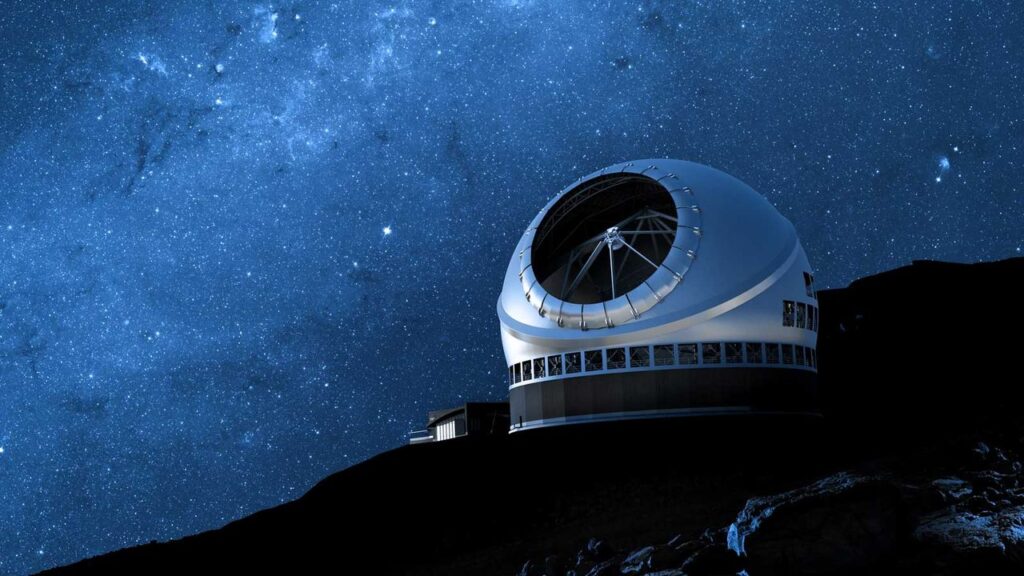
The Spanish government has announced it will allocate up to €400 million (approximately $471 million) to support the continuation of the Thirty Meter Telescope (TMT) project. The announcement came on July 23, 2023, from Diana Morant, Spain’s Minister of Science, Innovation and Universities. This initiative seeks to counteract the potential cancellation of the TMT due to budget cuts proposed by the U.S. government.
Morant expressed Spain’s ambition, stating, “Spain wants and can be the home of the future of astronomy and astrophysics.” The Minister emphasized the country’s capability and political will to advance in this field. Originally, the TMT was set to be constructed on Mauna Kea in Hawaii, a location renowned for its exceptional observational conditions due to its dark skies and favorable weather. The mountain is already home to several major telescopes, including the Keck Observatory.
However, the TMT’s future has faced significant challenges. The most pressing issue emerged from the Trump administration’s budget proposal for fiscal year 2026, which suggested eliminating funding from the National Science Foundation (NSF) for the TMT’s design and development. In response, Spain’s government has proposed relocating the project to La Palma in the Canary Islands, where construction could potentially resume.
Morant highlighted the broader benefits of completing the TMT, noting it would not only contribute to scientific advancements but also create skilled jobs and stimulate the economy on La Palma. “If completed, it will involve not only the construction of the telescope, but also decades of scientific operations,” she said.
The TMT project has faced scrutiny even before the current budget proposal. The NSF has been under pressure to limit funding to one major ground-based telescope with a budget cap of $1.6 billion. Currently, the TMT and the Giant Magellan Telescope (GMT), being constructed in Chile, are both vying for funding. The GMT is reportedly moving forward to the final design phase, while the TMT’s future remains uncertain.
Moreover, the Trump administration’s NSF budget proposal indicates that while the GMT can progress, the TMT cannot. “Moving into the final design phase does not guarantee that a project will be approved for construction,” the proposal states, highlighting the precarious situation for both telescopes.
In a broader context, the proposed budget cuts could severely impact other scientific projects as well. The administration has suggested shutting down one of the two LIGO sites, which studies gravitational waves, and completely halting operations at the Daniel K. Inouye Solar Telescope, the world’s most powerful solar observatory.
Morant’s remarks positioned Spain as a supportive environment for scientific advancement, contrasting the austerity seen in other countries. “While some countries are cutting back on investments in science, Spain is a haven for science,” she stated.
There is also a social dimension to this situation. The original site on Mauna Kea has been contentious due to its sacred significance to many Native Hawaiians. The presence of multiple telescopes has sparked protests, raising concerns about cultural and environmental impacts. A change in location to La Palma may alleviate some of these tensions and allow for a more harmonious development of the TMT.
In summary, the Spanish government’s commitment of €400 million reflects a proactive approach to ensure the continuation of the TMT project. This move not only underscores Spain’s ambition in the field of astronomy but also highlights the complex interplay of funding, politics, and community interests surrounding major scientific endeavors. As the situation unfolds, the future of the TMT remains closely tied to both international funding dynamics and local community sentiments.






